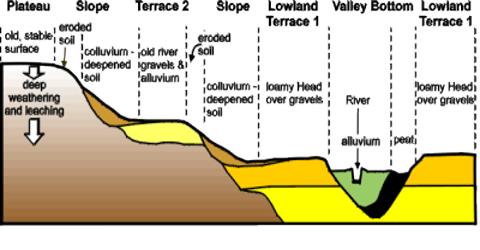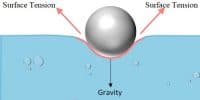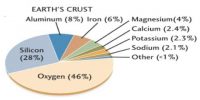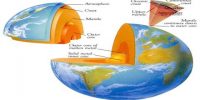Soil formation process:
Generally soil is formed by stone, stone chips, dust particles, sands, mud etc. Remains of plants and animals are also mixed with them. The earth-crust is formed by the solids the generally known as rocks. Generally the soft soils are formed from the hard rocks in two phases:
- First phase: For an extended period of time hard rocks and minerals are converting to minute particles due to heat, rain, cyclone, earth-quake, etc. Moreover these small rock particles are concentrated at one place from another due to the flow of wind, ice and water and volcanic eruptions.
- Second phase: With the minute particles of rocks and minerals water, air, small living creatures like bacteria, and remains of plants and animals get mixed up to form soil.
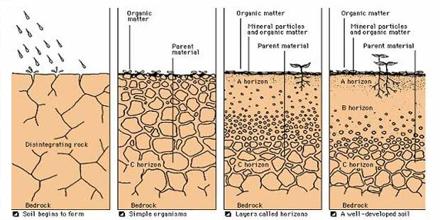
Soils of different places have been formed in different processes. So it appears that soils in different places are different in terms of formation. But some layers are seen in general when investigating the soil from its upper level to the lower level. As it seen in the figure, in the top layer of soil remains of trees and animals are mixed up. The black or non-bright elements formed due to the mixing of plant and animal remains are called humus. Humus is found more in the upper layers of the soil. Plants get their essential nutrient from this humus.
In the second layer humus decreases, for this it is less black and looks brighter to some extent. The third layer is originally formed by minute rock particles. At last the lowest layer is formed by bed-rock alone.
There is flood in the places close to the rivers. The flood water carries alluvial soil. The upper portion of the soil is formed by alluvial soil in the coastal regions. Hence, the upper layer of the soil in those places does not grow that sterile. This soil is suitable for cultivation.
